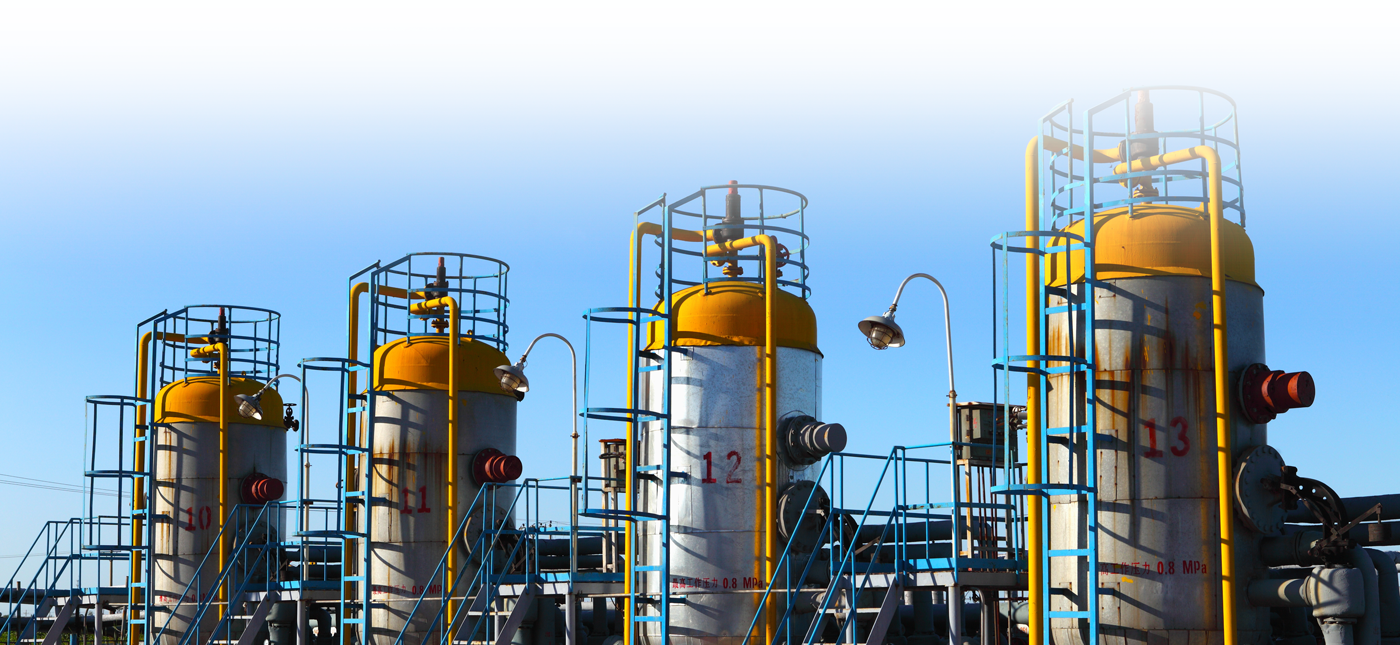Piping Vibration
Piping Vibration and Stress
Paper No. 27
J. C. Wachel, Vibration Institute, Machinery Vibration Monitoring and Analysis Seminar, New Orleans, April 1981, pp. 1-20 .
To even a casual observer, a most obvious effect of pulsations is that it forces piping and other plant systems into sustained vibrations and, under some conditions, the vibrations can cause fatigue failures at critical, high bending stress regions in the mechanical systems. The existence of such pulsation-induced mechanical vibrations suggest two obvious approaches to control and one approach which is perhaps less obvious. These are: 1. Supply mechanical restraints which will prevent movement of the pipe. 2. Eliminate or control the pulsations. 3. Eliminate the coupling of pulsations as forces into the piping. While each of these approaches is valuable, no one approach is optimum in all cases and any one by itself can prove excessively expensive. The cost of mechanically restraining compressor piping or overhead plant piping, for example, soon causes the engineer to seek help from other control approaches. A similar situation exists with pulsation control. If pulsation suppressors are designed to eliminate “all” pulsations (i.e., to a level that any piping system could be utilized) then it is soon found that pressure vessels of excessive size are required.
The concept of decoupling the pulsations from forcing the mechanical system into vibration will be discussed in a later section, but basically it involves controlling the location of bends, constrictions and piping discontinuities relative to the pulsation standing waves. It is difficult, for example, to excite an infinitely long, straight, constant diameter pipe into vibration from internal pulsations. In more realistic piping configurations, however, there are also things that can be done to minimize pulsation shaking forces. These, too, will be described later in this chapter.
Download PDF
